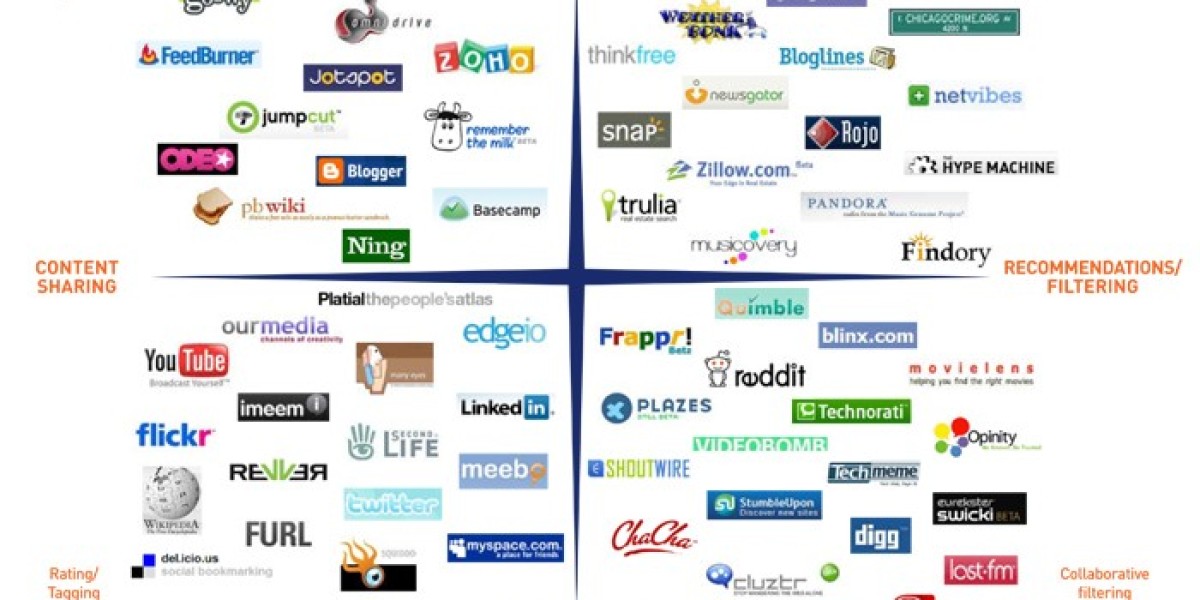In today's dynamic financial landscape, large enterprises face the continual challenge of maintaining robust cash flow to support operations, drive growth, and meet financial obligations. One effective strategy to address this challenge is the utilization of wholesale funding. This approach involves securing substantial capital from financial institutions or markets, enabling enterprises to optimize liquidity and strengthen their financial position.
Understanding Wholesale Funding
Wholesale funding refers to the practice of obtaining large-scale funds from external sources, such as banks, institutional investors, or capital markets, rather than relying solely on internal cash reserves or retail deposits. This method provides enterprises with access to significant capital, often at competitive interest rates, facilitating various financial strategies.
Key Sources of Wholesale Funding
Commercial Paper: Short-term unsecured promissory notes issued by corporations to finance immediate needs.
Corporate Bonds: Long-term debt securities that offer fixed interest payments to investors.
Syndicated Loans: Large loans provided by a group of lenders, distributing the risk associated with lending.
Asset-Backed Securities: Financial instruments backed by assets like receivables or loans, offering liquidity through securitization.
Benefits of Wholesale Funding for Cash Flow Management
Implementing wholesale funding strategies can profoundly impact an enterprise's cash flow. The primary benefits include:
Improved Liquidity
Access to substantial external funds ensures that enterprises have the necessary liquidity to manage day-to-day operations, invest in new projects, and respond to market opportunities without disrupting existing cash reserves.
Cost-Effective Capital
Wholesale funding often presents more favorable terms compared to traditional financing methods. By leveraging instruments like commercial paper or corporate bonds, enterprises can secure lower interest rates, reducing the overall cost of capital.
Diversified Funding Sources
Relying on multiple funding avenues mitigates the risk associated with dependence on a single source. This diversification enhances financial stability and provides flexibility in managing cash flow requirements.
Enhanced Financial Planning
With predictable and structured funding, enterprises can better plan for long-term investments and expenditures, aligning financial strategies with business objectives.
Implementing Wholesale Funding Strategies
To effectively leverage wholesale funding for cash flow enhancement, enterprises should consider the following steps:
Assess Financial Needs
Conduct a comprehensive analysis of the company's financial position to determine funding requirements. This includes evaluating current cash flow, upcoming capital expenditures, and potential investment opportunities.
Evaluate Funding Options
Explore various wholesale funding instruments to identify those that align with the enterprise's financial goals and risk tolerance. Factors to consider include maturity periods, interest rates, and covenants associated with each instrument.
Engage with Financial Partners
Establish relationships with banks, investment firms, and other financial institutions to access a broad spectrum of funding sources. Collaborative partnerships can lead to more tailored and advantageous financing solutions.
Monitor Market Conditions
Stay informed about market trends and economic indicators that may influence funding costs and availability. Proactive monitoring allows enterprises to capitalize on favorable conditions and mitigate potential risks.
Conclusion
Strategic utilization of wholesale funding serves as a powerful tool for large enterprises aiming to enhance cash flow and achieve financial resilience. By accessing diverse and substantial funding sources, companies can effectively manage liquidity, reduce capital costs, and position themselves for sustained growth in a competitive marketplace.








